Canon, as one of the world’s biggest brands, was established in 1937, producing digital cameras to capture your beautiful memories through photos and videos. However, even though it is an advanced device, you may face several problems. A user on Quora asked, “Why can’t my win10 PC recognize my Canon camera? after connecting, nothing happens.”And there is also a user on Reddit who asked a question titled, “Canon not connecting to apple laptop?”.
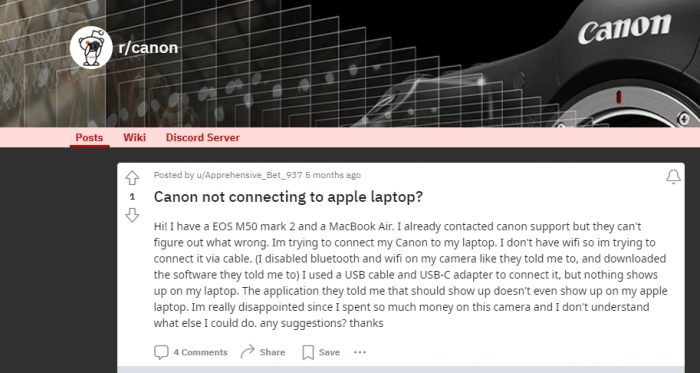
When facing this kind of connecting problem, users may feel frustrated. For Average users, the first moment after they are done taking pictures is to export the photos to a computer to share the photos of happiness with their families and friends; for the professional photographer, it is even more important to send the fastest photographic materials to the cooperatives. So, fixing the connection problem seems to be an urgent thing when using the Canon EOS camera. Here, this article is to save what you are worrying about if you have the same problem.
Reasons computers do not recognize the Canon EOS camera?
There are a lot of reasons that can cause connection problems between computers and Canon cameras. Below are some common causes involving connection issues, software issues, and device issues.
- Damaged connecting cable/USB port
A faulty USB cable or port causes the physical connection between the camera and computer not functional.
- Wrong or outdated EOS utility software
EOS utility software is the app that helps to establish communication between the camera and computer, if you use the wrong or outdated EOS utility software, you may fail to find your camera on the computer.
- Outdated USB driver
The necessary driver must be in the proper version and installed to help your computer recognize your camera.
- Wrong settings on the camera
Canon cameras support many modes and settings that may affect the connection between the computer and the camera. Such as different USB modes, e.g., Mass Storage, PTP, PC Connect, and in some cases, wifi settings can disconnect your camera from your computer as well.
- Outdated operating system
Sometimes, there are bugs and glitches in recognition issues of the OS, updates may fix them.
- Damaged camera SD card or camera
For these kinds of issues of broken equipment, there is nothing you can do but contact the specialist for assistance.
What to do if computers do not recognize the Canon EOS camera?
We learned that the causes of the not-recognition problem are connection issues, software issues, and device issues. So, let’s take a look at the following methods to deal with these issues.
Restart your computer and camera
Things are like this that little bugs and glitches sometimes happen. Just a simple restarting of your computer or your camera may solve the problem. First, you need to shut down your devices and wait for a few minutes. Then restart your device to check if the problem is solved. If it still exists, try the next method.
Troubleshoot hardware problem
The connection between the computer and camera may be directly affected by a faulty USB cable or port.
For cable:
You need to consider the compatibility between your computer and your camera. Make sure you purchase the quality USB cable that ensures its performance. Budget cables may lead to inconsistent transmitting, unstable performance, and random problems. A USB cable equipped with a Micro-B plug for connecting to your camera and a Type-A plug for connecting to the computer is suitable, but a genuine cable Interface Cable IFC-600PCU is better, for example on Amazon:
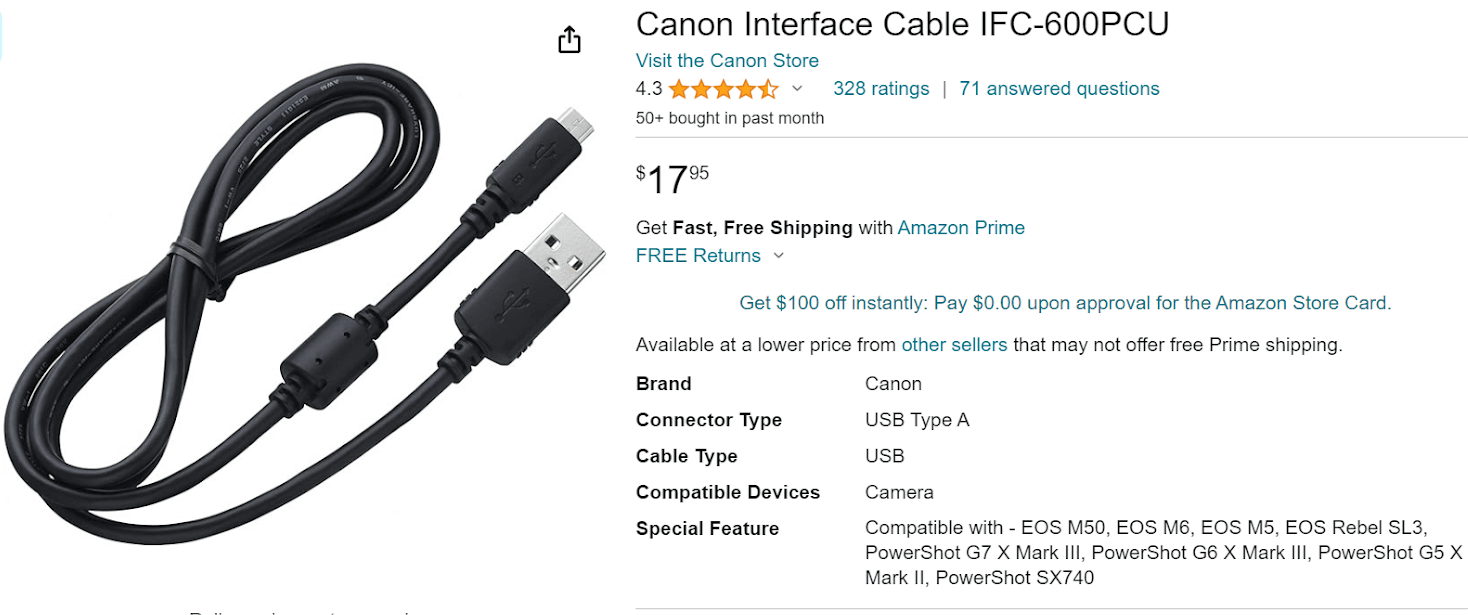
See Camera and USB Cable Compatibility List.
For USB port:
To troubleshoot if the computer port is damaged. Try to use another computer to connect to your camera.
For all camera types:
Step 1. Before plugging in the camera, turn on it.
Step 2. Plug in with the cable then you should see the USB symbol on the screen. If the connection is not functional, try to pull out and try again.
Step 3. Try different USB cables.
Step 4. Try different USB ports and computers.
Turn off Canon Camera’s auto power off
The power-off function is a feature that allows the camera to shut down automatically without you doing anything for a specified period of time. So, sometimes, when you are using the camera connected to the computer, it is better to turn off this feature to make sure the device is always on.
Step 1. Press the menu button.
Step 2. Go to the settings > select power saving.
Step 3. Select Disable or OFF in the auto turn off option.
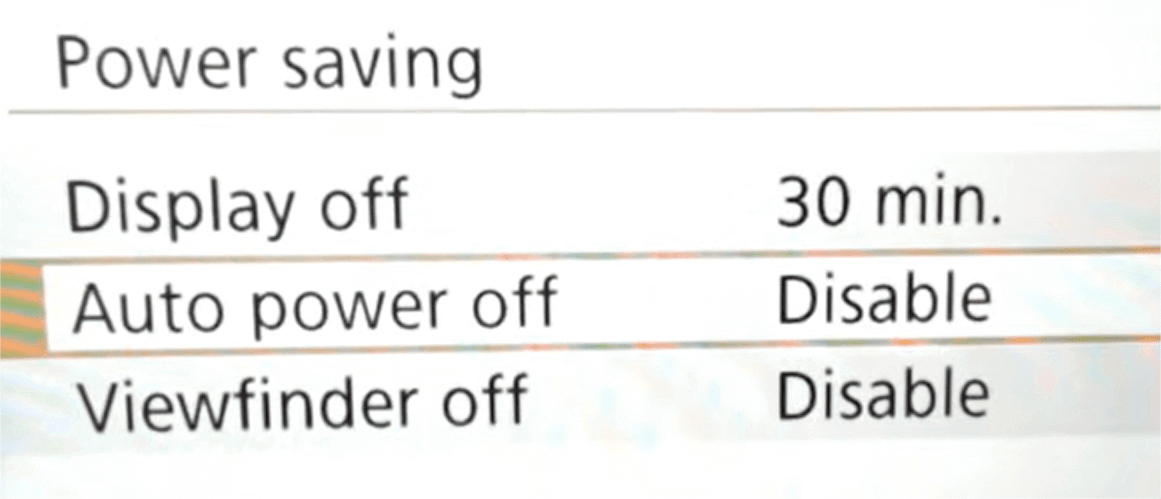
Watch the video:
Check the status of Wi-Fi/NFC
Some models’ Wi-Fi/NFC settings in the status of Enable may prevent the camera from connecting to the computer. Shutting down the wifi/NFC function may help to fix the connecting problem. Like how to turn the auto power off. Press the Menu button > find wifi and NFC and shut it down.
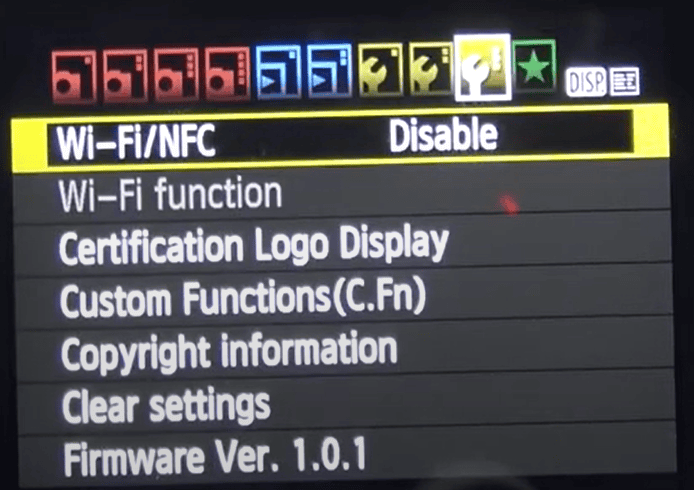
Watch the video:
Update your Generic USB driver
Outdated USB drivers may cause your camera not to be recognized on your computer. So, try to update your USB driver to the latest version to see if the connection problem can be fixed.
Step 1. Right-click the Win icon on the start menu.
Step 2. Click Device Manager.

Step 3. Find the Universal Serial Bus controllers option and click the arrow icon in front of it.

Step 4. Right-click on the Generic USB Hub or USB Root Hub > choose Update driver.
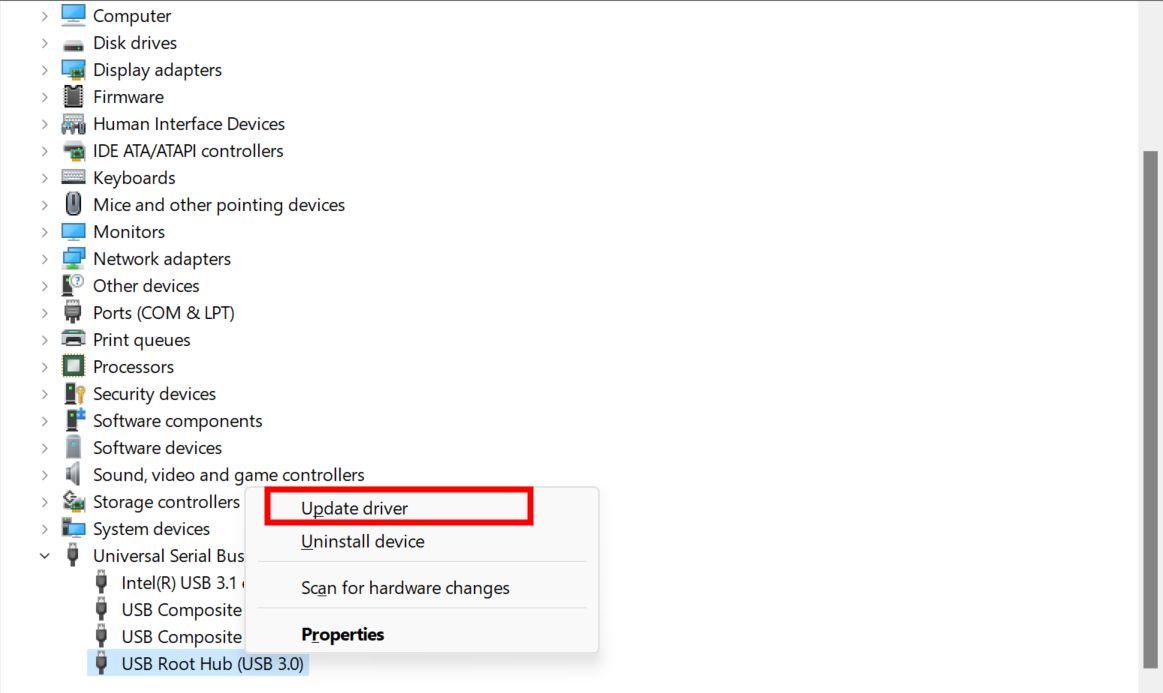
Step 4. Choose the first one, “Search automatically for updated driver software.”
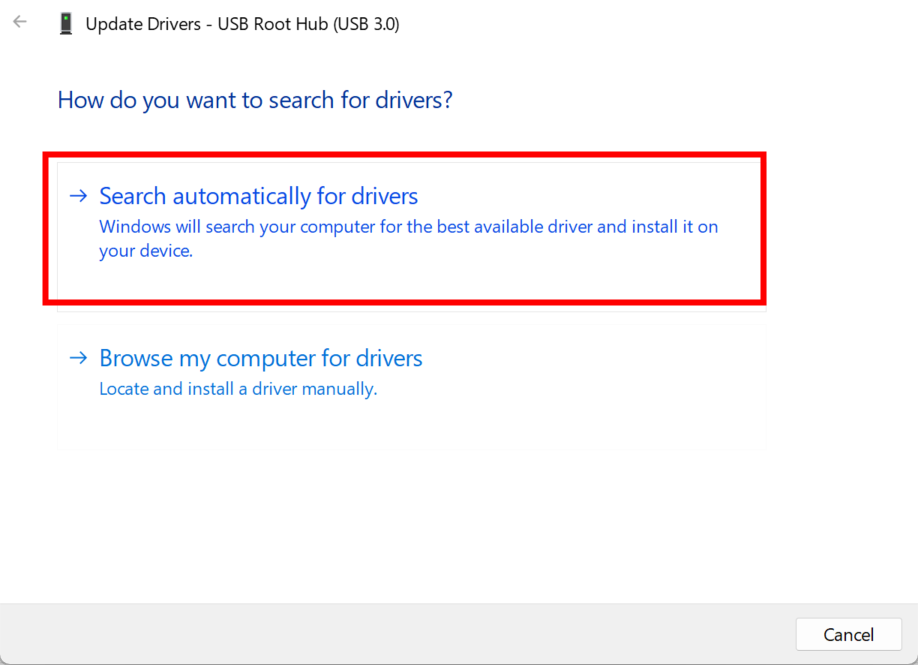
Step 5. Wait for the process to end > and repeat the whole steps to update the other USB hub drivers.
Step 6. Restart your computer and check if the problem is fixed.
Use the device manager to uninstall the camera (For Windows)
If you have used the computer to connect your Canon camera once, and it was successful. Now that you cannot connect your camera and you have tried to update your USB driver. You may need to uninstall the camera device from your device manager and install the device again.
Step 1. Go to your Device Manager.

Step 2. Find the “Cameras” option in the context menu.
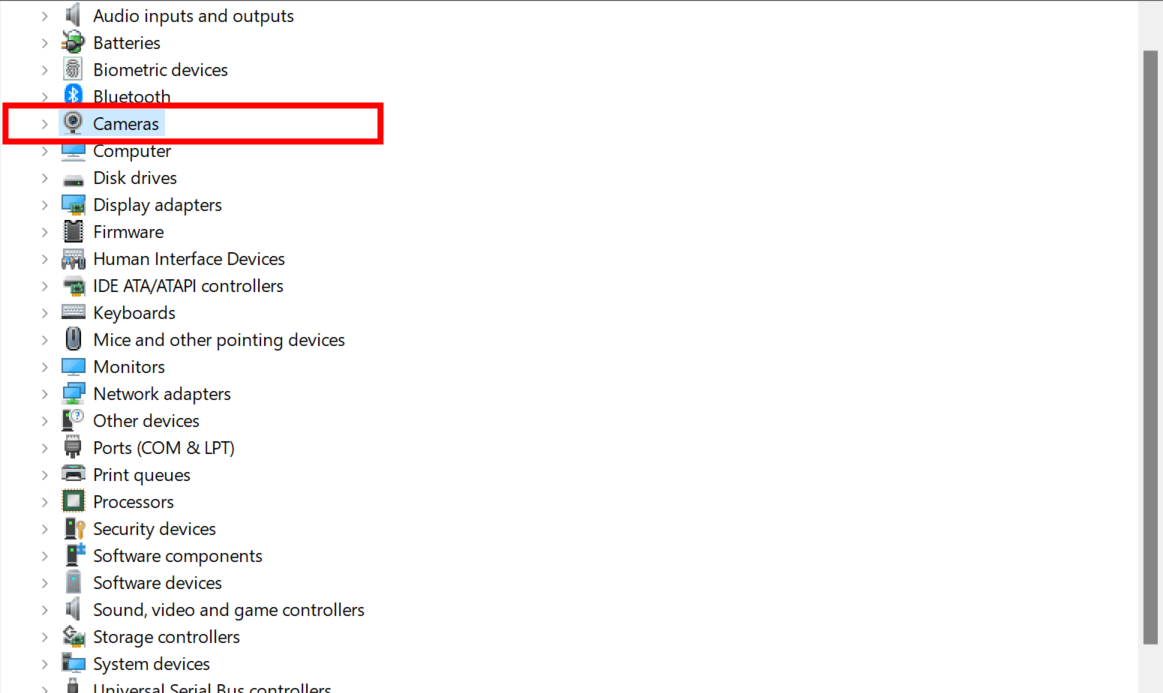
Step 3. Find your device and click “uninstall device”.
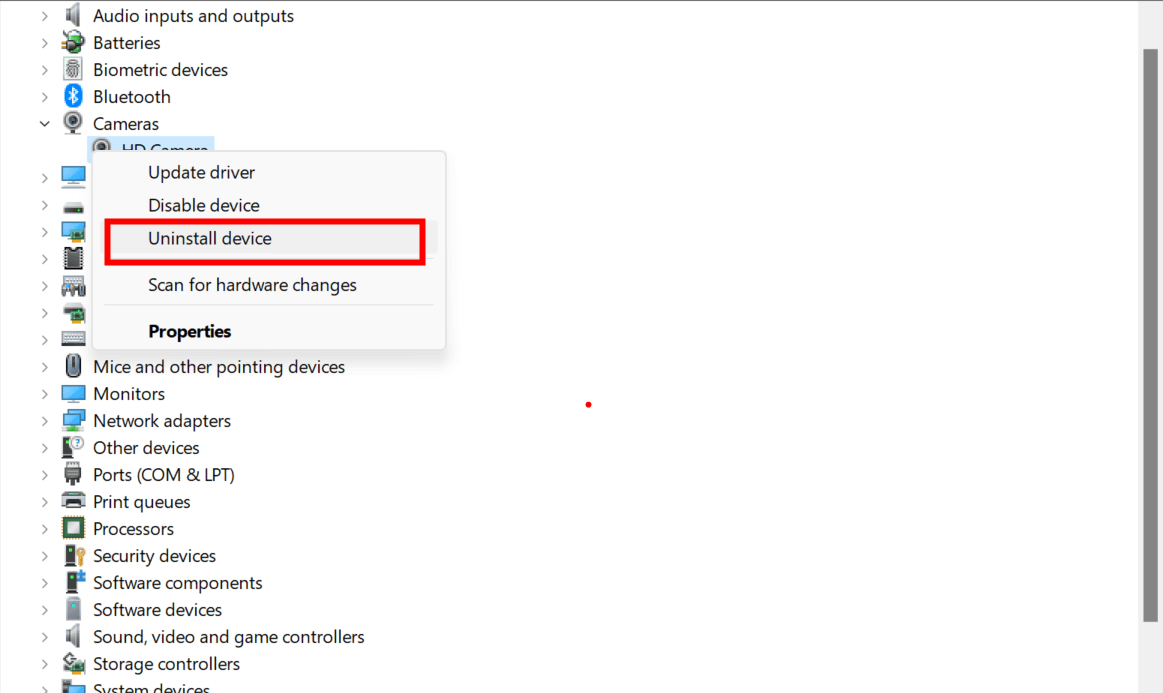
Step 4. A dialog box will pop up to request your confirmation. > Press the Uninstall button to confirm.
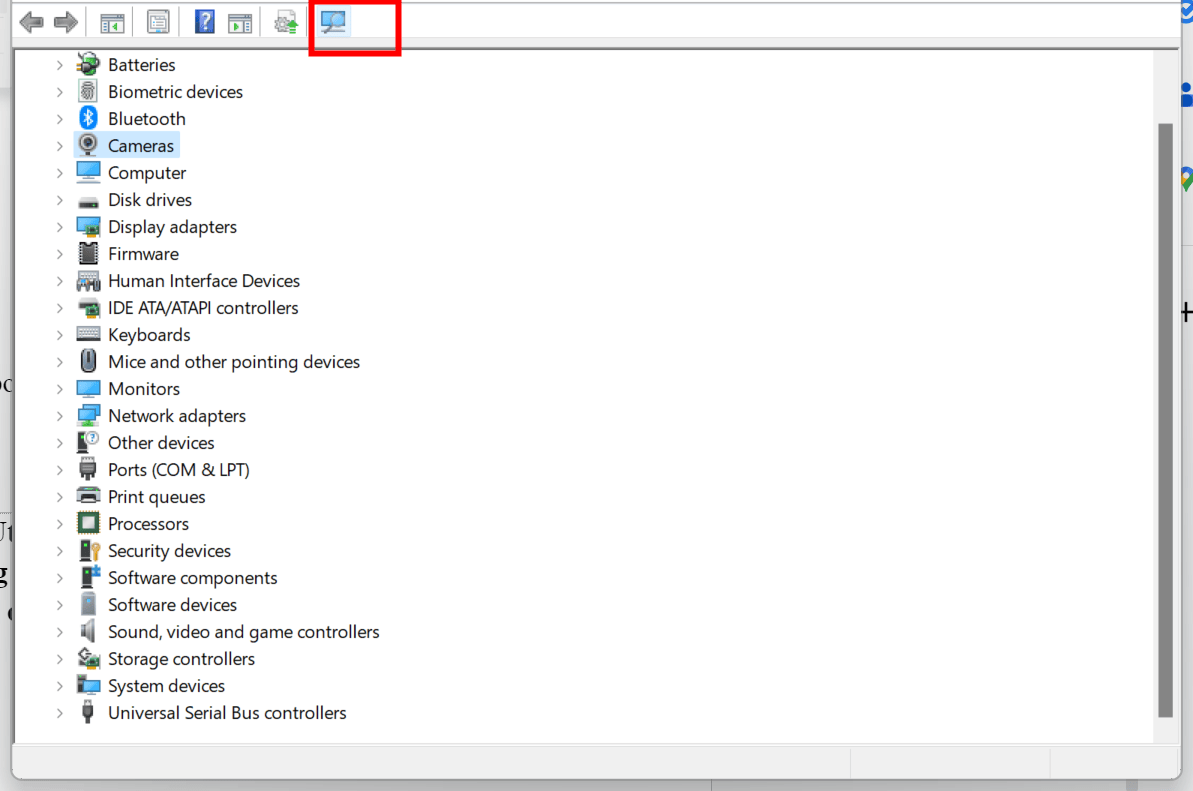
Step 5. Find Scan for hardware changes at the top bar after you connect your camera to your computer.
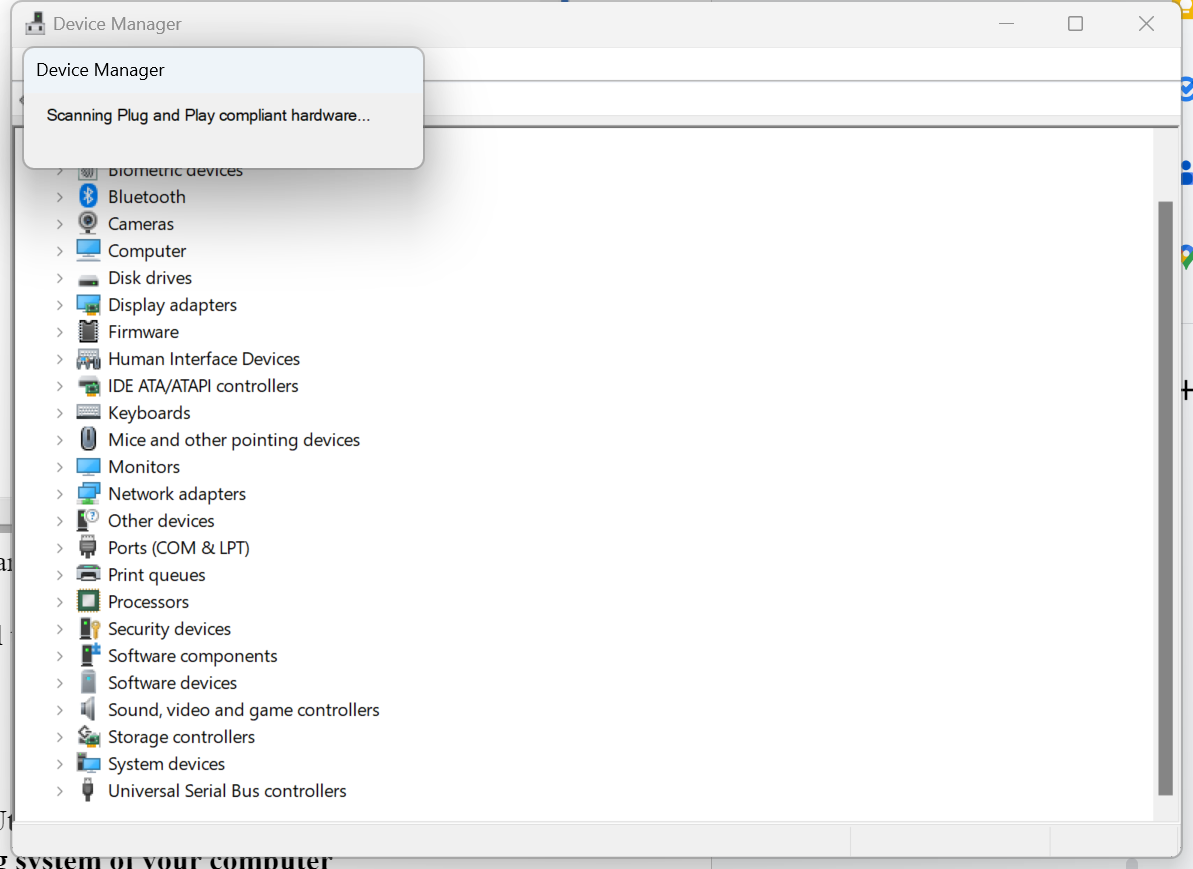
Step 6. The system will install the device and check if the problem is fixed.
Check Canon EOS Utility
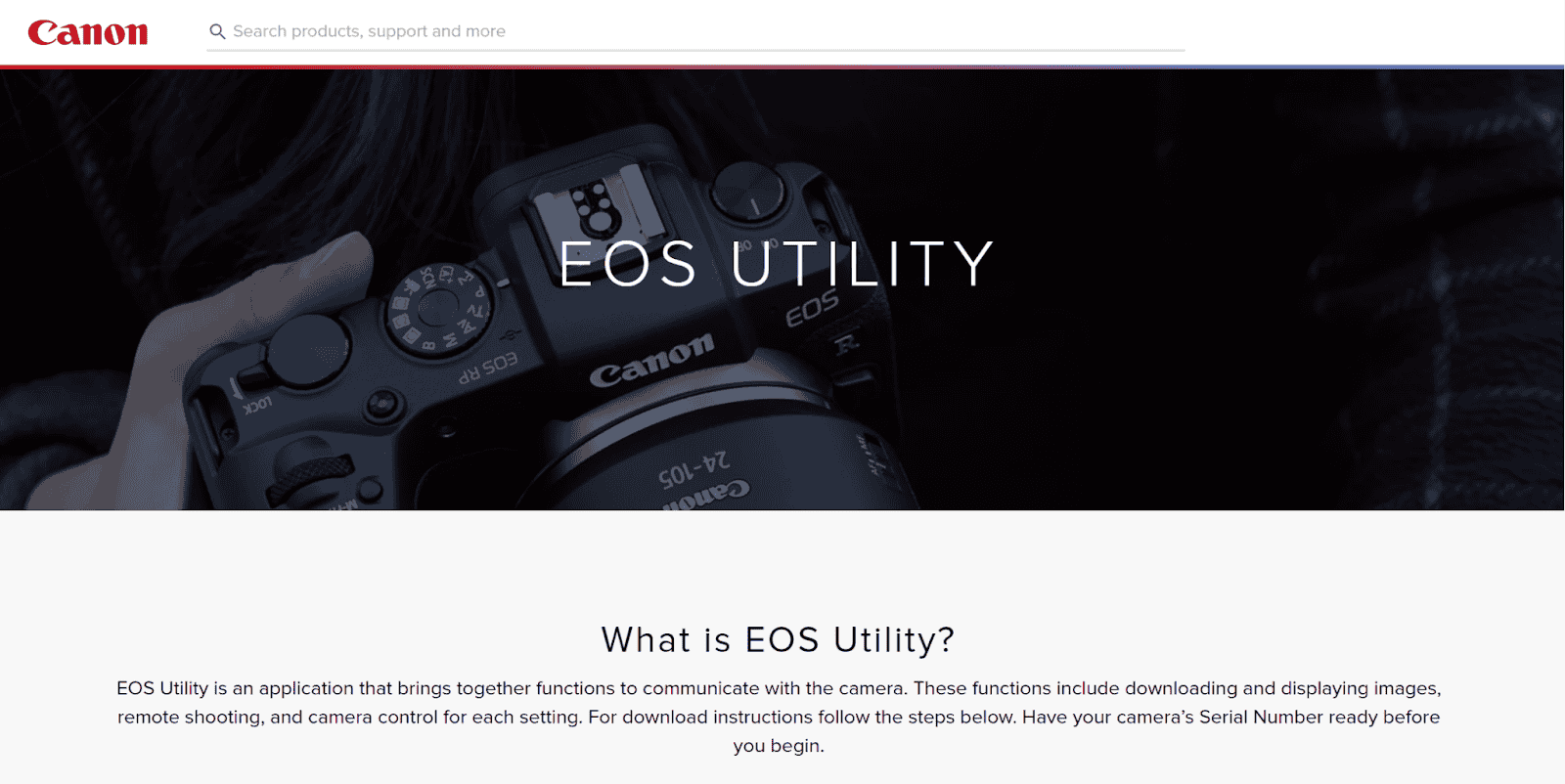
As we have said above, the EOS utility helps communicate between the computer and camera for completing copying, editing, and other operations. If your computer does not recognize your Canon camera, it may be due to the outdated and wrong version of the EOS utility software. Make sure you are using the correct one.
Step 1. Check what model type of version your camera is and search for the support version of the EOS utility from the webpage.
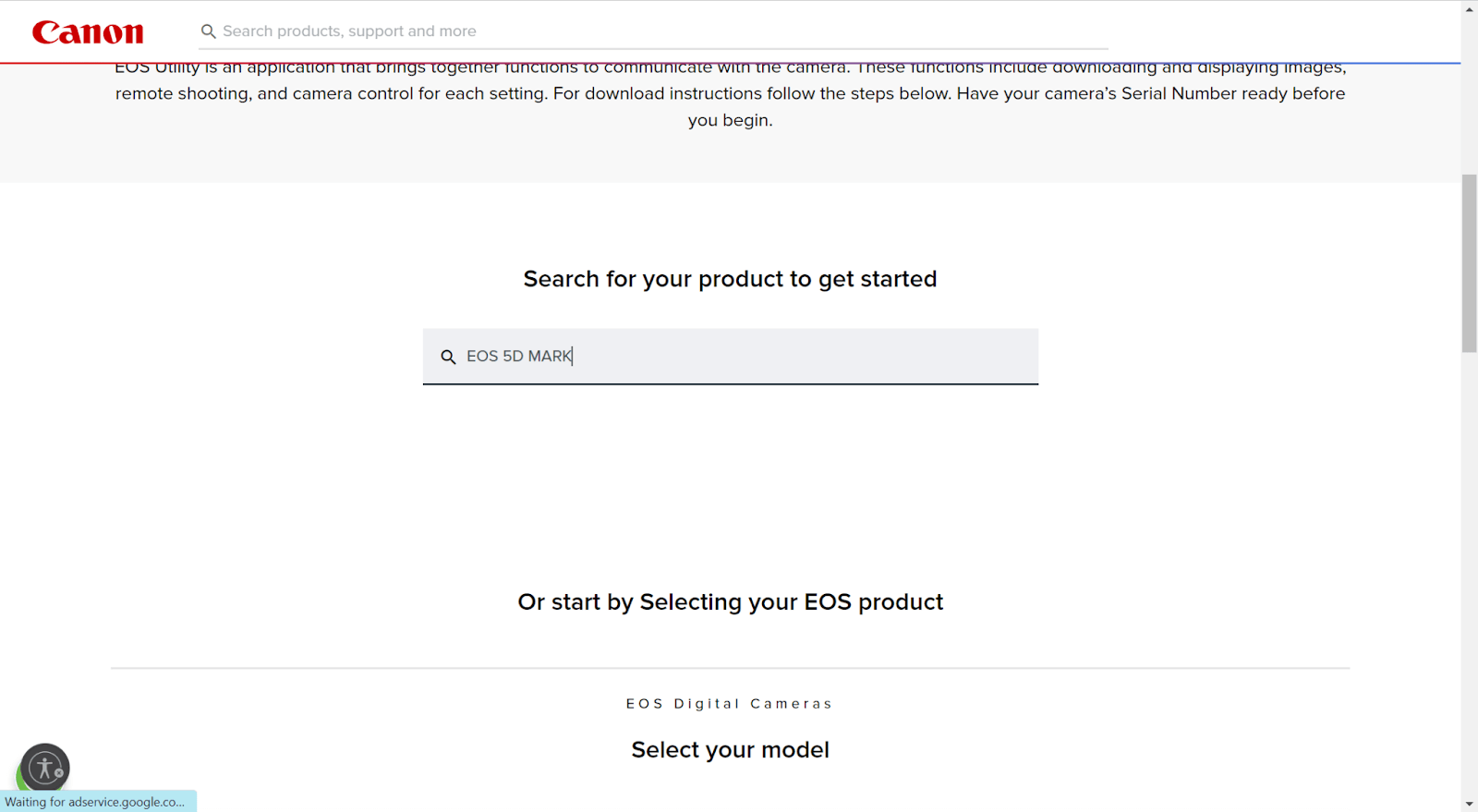
Step 2. Choose your operating system and version.
Step 3. Choose the specific one to download.
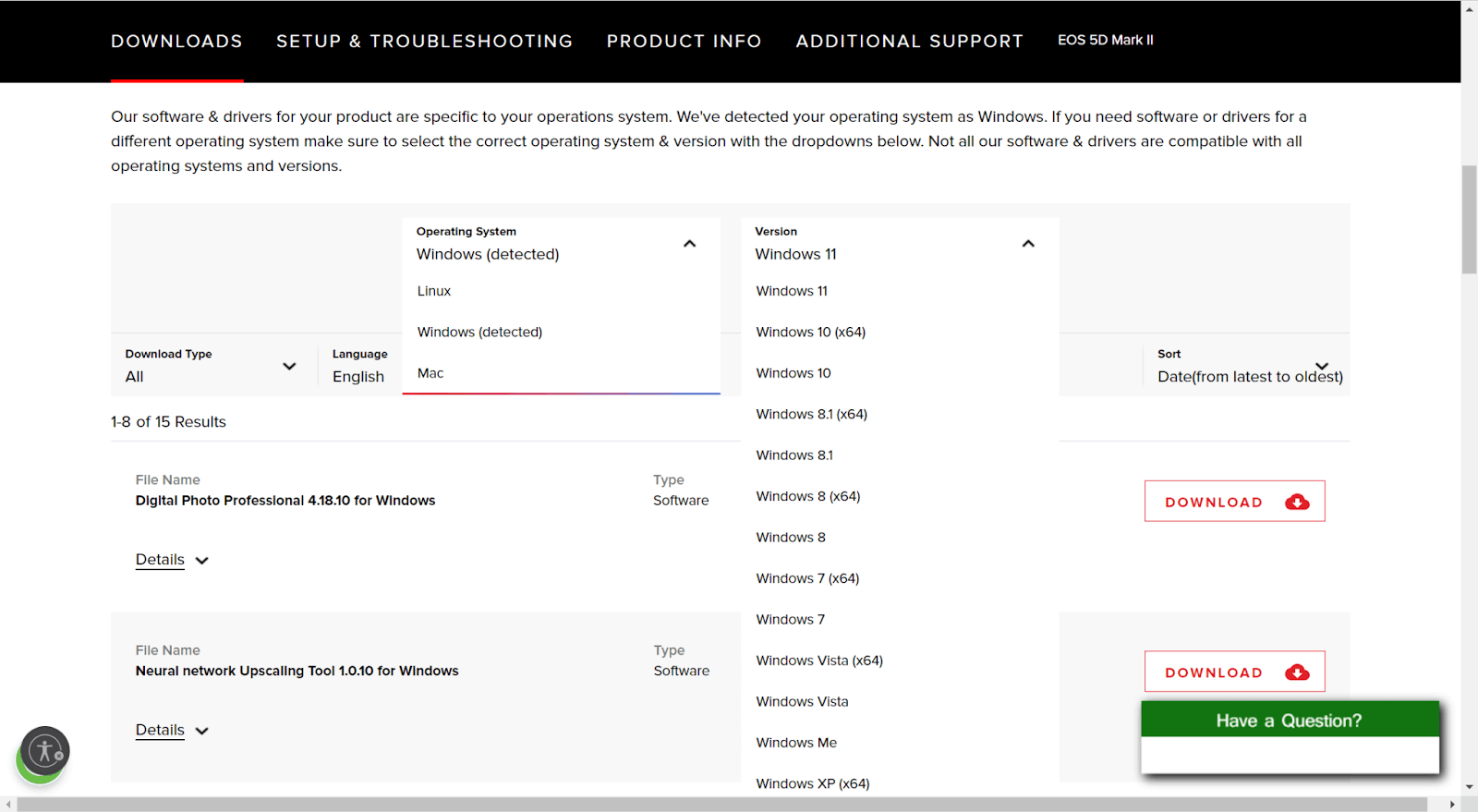
Step 4. Install it and connect your camera to check if this is working.
Use a card reader to connect to the camera SD card
Connecting your camera to your computer via a card reader is also a popular way to access your photos and videos (Only if the SD card is recognized can be used this way, if the card is broken or not recognized, you can only seek the other way.)
Step 1. Shut down your camera and take out the SD card.
Step 2. Insert your camera SD card in the card reader.
Step 3. Connect the card reader to the computer to DOWNLOAD all your files to your computer.
Step 4. Format your SD card and insert it into the camera again.
Step 5. Connect your camera to your computer to see if it can be recognized. If it is not, turn to the next method, finding professional support.
If you don’t have a card reader, you may need to buy a new one.
Contact the specialist
If you have tried all these methods but failed to get your photos and videos from your Canon camera. The last thing you can do is to reach out for professional help.
You can contact them in the ways below:
Official page: usa.canon.com/contact-us
Twitter: CanonUSA
Official Phone support: 800-385-2155
Frequently Asked Question
#Question 1: How to connect a Canon camera to a PC or Mac?
Generally, You have 3 ways (not all types of cameras)
Via USB cable.
Via wireless.
Via SD card
#Question 2: How do I download my pics from my camera to my computer?
Step 1. Connect your camera to your computer with a USB cable.
Step 2. Turn on your camera.
Step 3. Check the AutoPlay box that pops up on your computer screen or you can find your camera disk drive on this PC.
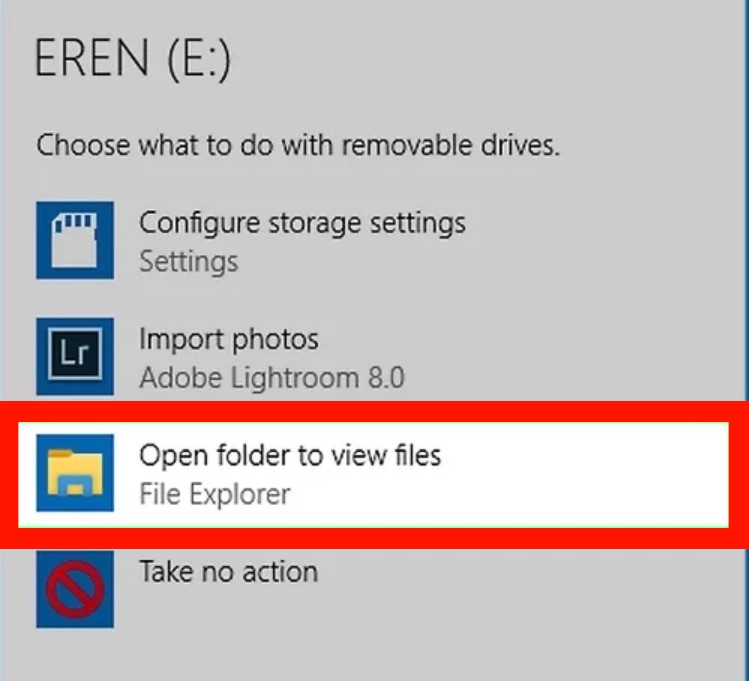
Step 4. Find DCIM folders in the drive.
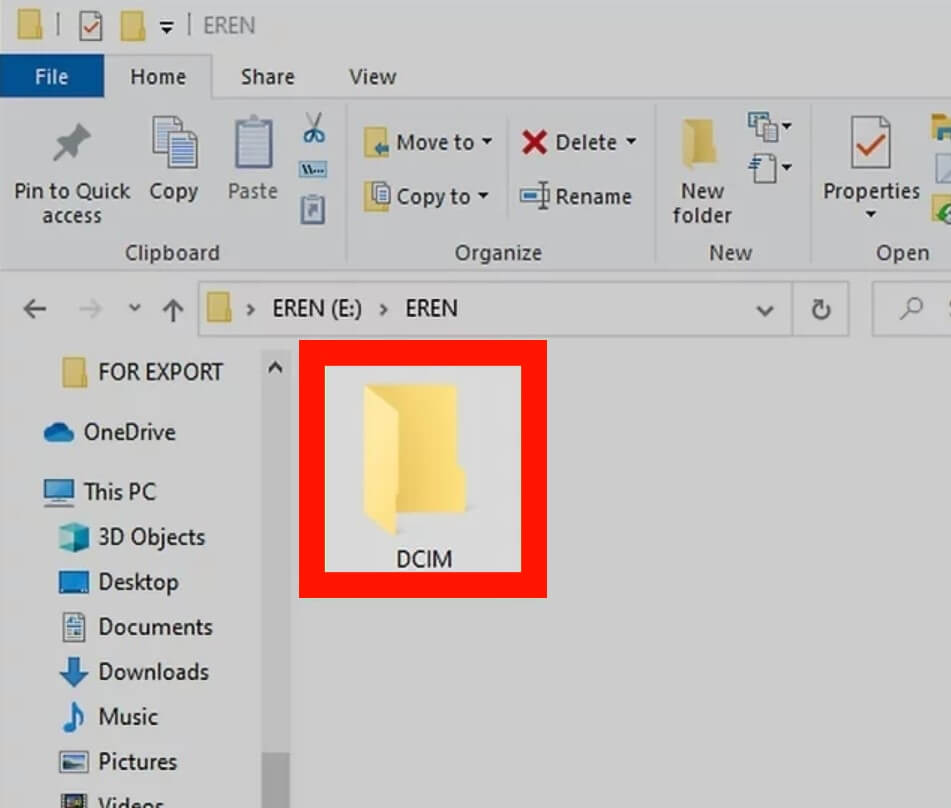
Step 5. Get your photos and transfer them or drag them to local computer drives or any locations you like.
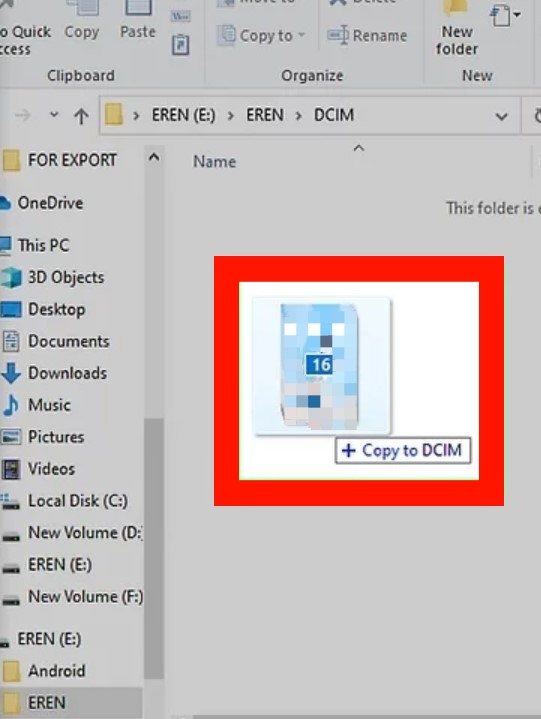
#Question 3: How do I check the model type of my Canon camera?
1. You can find the model type on the outer packaging.
2. You can find the model type on the body on the camera, in general, in the frontage right corner.
Conclusion
Now that is all we have offered to make your Canon camera connect to your computer, transmitting your precious photos and videos to your computer. If you find another problem with the camera after reconnecting, such as missing photos or deleted photos in the SD card, you can also leave a comment to let us know. We look forward to helping you solve your problems!

I’m Woody, your go-to guide in the realm of data recovery and computer techniques. With a passion for unraveling tech intricacies, I’m here to share insights, tips, and solutions to empower you in the digital landscape. Feel free to ask me when you meet any problems on this fantastic journey!







